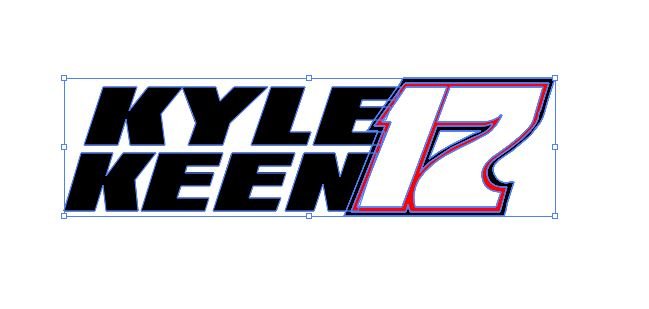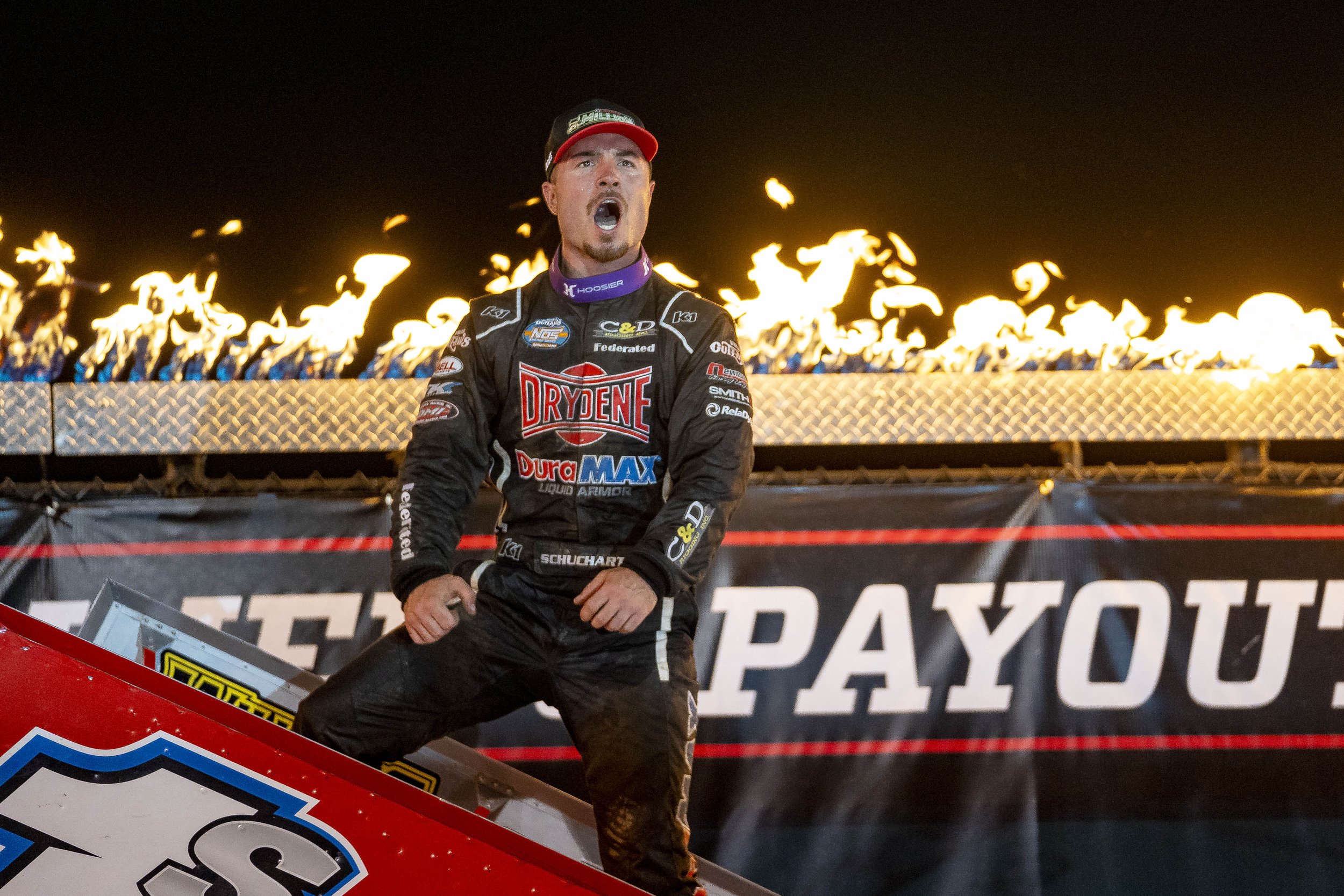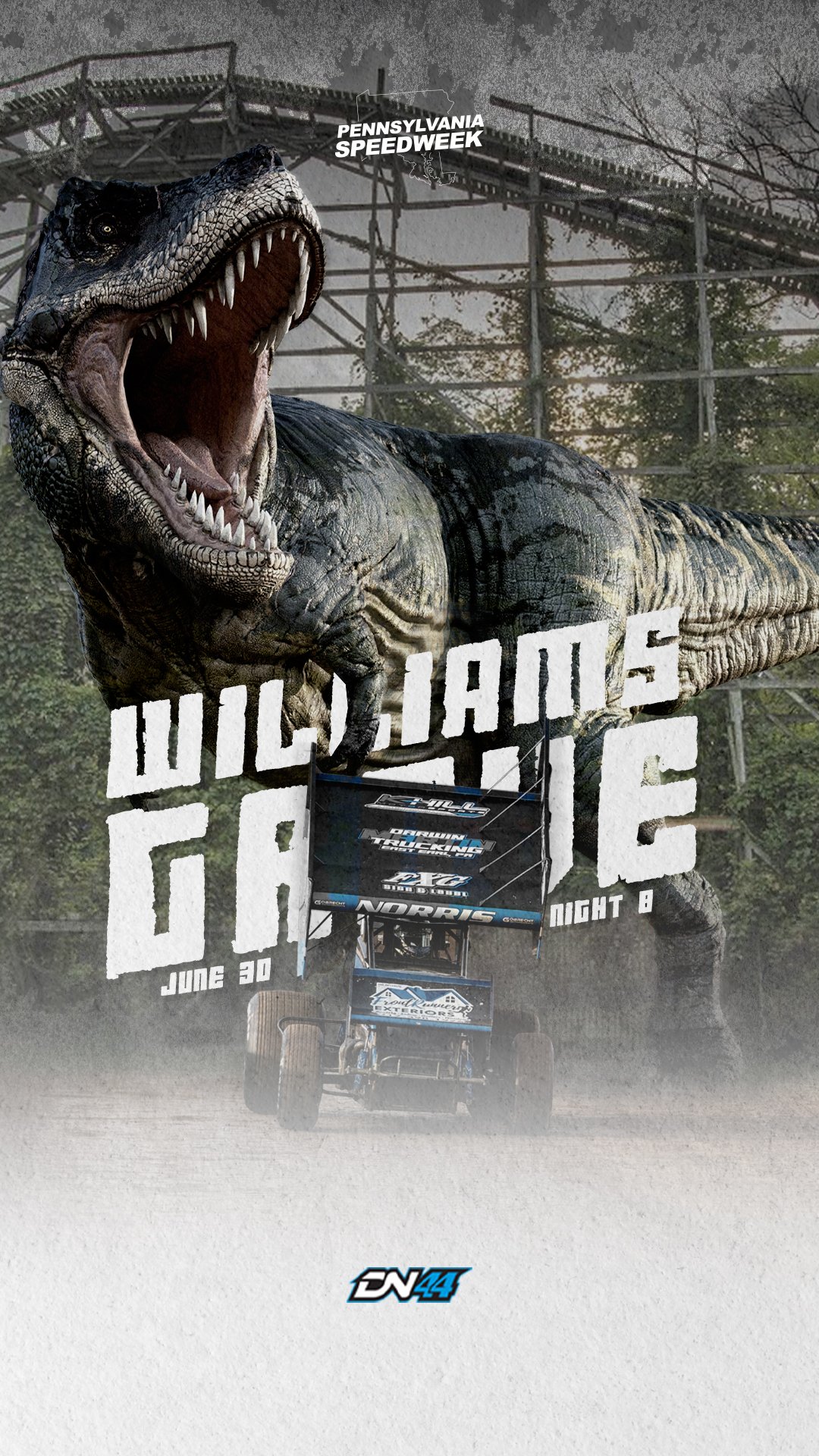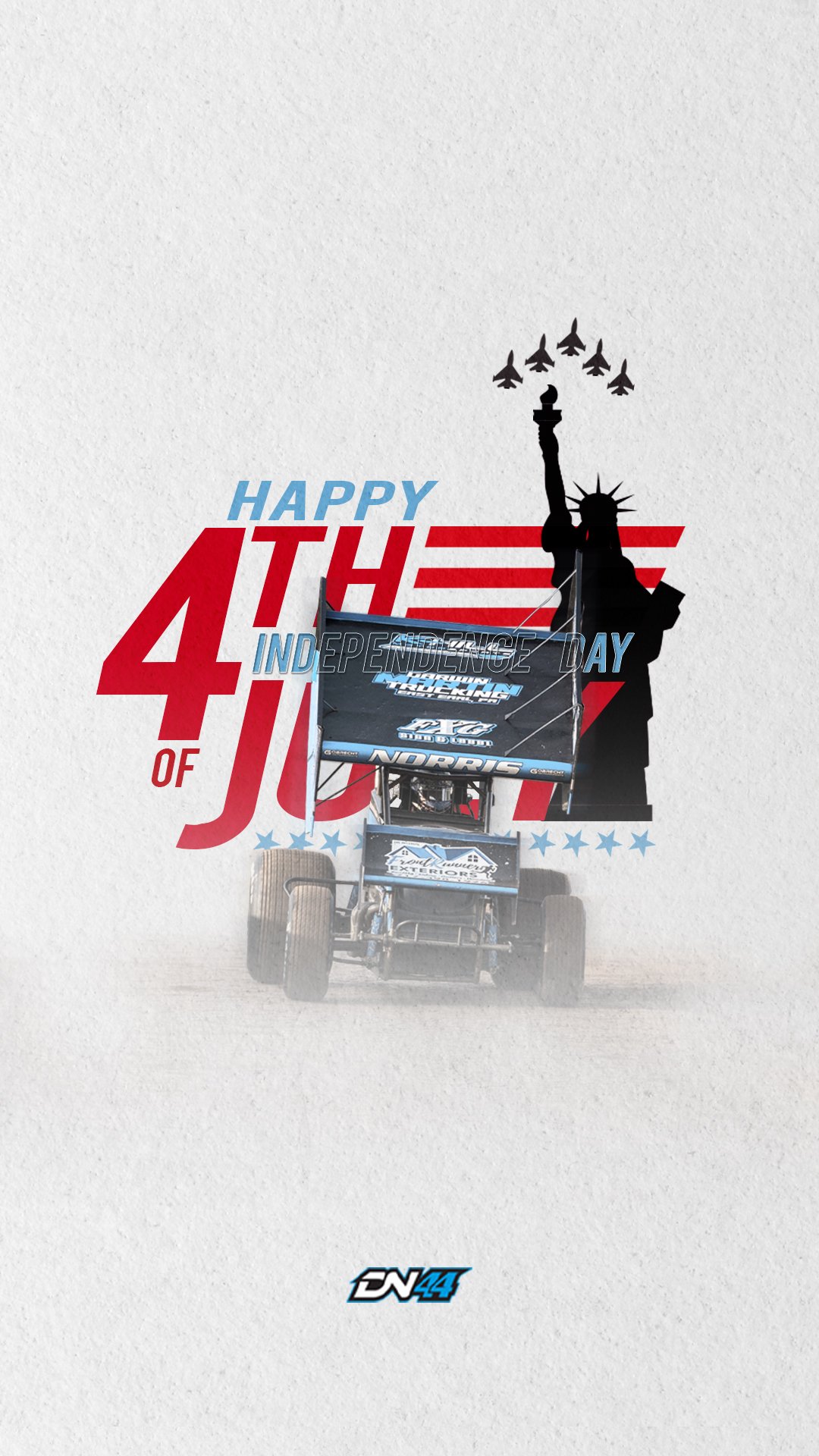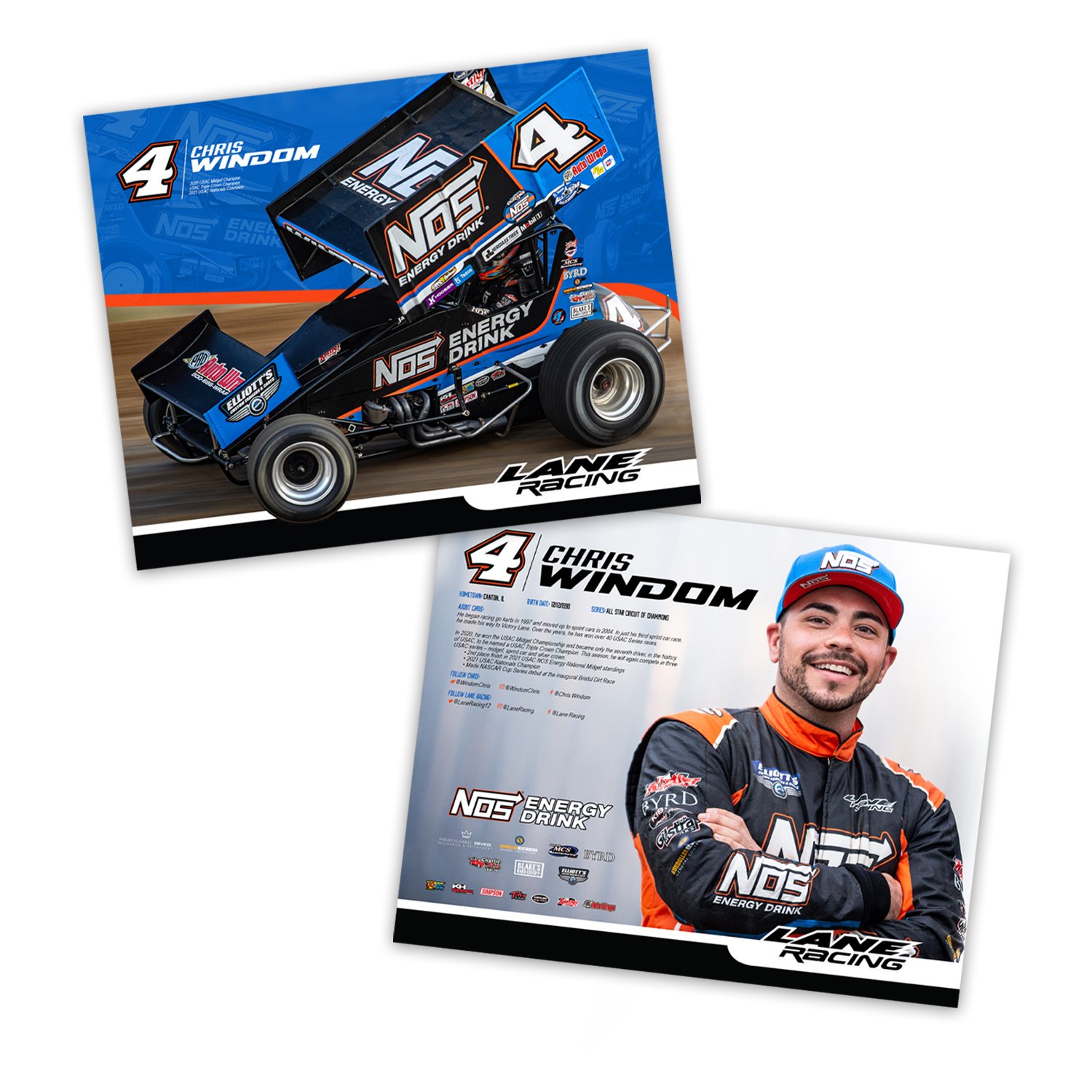When you work with a professional or skilled/formally trained graphic designer, you will be asked to create or supplied several different file types for a logo. Vector file types being the most important, followed by a raster image for your social media or other digital projects. Let’s review the differences between the two types of files for your next logo design:
Vector Example – Opened in Adobe Illustrator
VECTOR:
Line Art & Points
Scalable graphic, with zero resolution loss
Illustrations, logo design, billboard art, etc.
File Type Examples:
.ai – Adobe Illustrator
.eps – Encapsulated Post Script
.svg – Scable Vector Graphic
.pdf – Portable Document File
Vector By Definition (adobe.com):
Vector artwork is art that’s made up of vector graphics. These graphics are points, lines, curves and shapes that are based on mathematical formulas. When you scale a vector image file, it isn’t low resolution and there’s no loss of quality, so it can be sized to however large or small you need it to be.
Raster Example
RASTER:
Pixels
Cannot be scaled, without resolution loss
Social media/photos, etc.
File Type Examples:
.jpeg – joint photographic experts group
.png – portable network graphic
.tiff – Tag Image File Format
Raster By Definition (adobe.com):
Raster art (also referred to as bitmaps or raster images) is created using colorized pixels. When you enlarge a raster file with pixel-based art too much, the edges look jagged (pixelated) and the quality is lost.
A pixel is a specific color given to a specific square in an image, and thousands of these “pixels” make up 1 single image. When you remove pixels, the overall image will “pixelate” meaning there is not enough pixels to keep the image “clear” at the resolution you are trying to hit (300dpi recommended for print)
Other Terms Associated:
DPI/PPI (Dots per inch/Pixels per Inch)
Pixelate – the act of pixelation occuring in an image.
When vs. Where is the right fit for Vector vs. Raster in the everyday life?
As a Seasoned Graphic Designer: If you’re a seasoned graphic designer, you will use a combination of both raster and vector everyday.
As a Consumer/Business Owner: However, if you are a consumer or business owner, you should have the raster file set saved in your email or desktop, but won’t usually be able to open those types of files, without the proper software (Adobe Illustrator or Corel Draw, etc) to open them. More times than not, you will be able to share those files with another graphic designer, and they will be able to create whatever you need: T-shirts, billboards, leather applique, embroidered hats, to name a few right from those vector files. If you only have a .jpeg of your logo, you should always ask the original designer for the vector graphic, saving you an additional cost, later down the road such as an art fee for a redraw of your already designed logo.
As a graphic designer myself, I use both raster and vector files each and everyday. When I create my race day graphics for race teams or drivers, I am using a combination of both file types to create one final raster image. They work together seamlessly, and I can utilize them to fit my client’s needs as well as create an interesting graphic come race day. Not just limited to race day graphics, but also I utilize them on my hero cards or autograph card designs as well. Can you guess what is vector vs. raster on the following designs? The results may surprise you.
Examples:
Below are a combination of “vector graphics” and “raster images” used together in my race day graphics.
About Nicole Signor:
Nicole Signor is a graphic designer, photographer and social media content creator/manager in the Motorsports industry. Working for several different drivers, teams, series, and businesses, Nicole is no stranger to providing high-quality work and professional content for the open-wheel racing industry, from race day schedule graphics, professional imagery or video, to social media content and management.
Contact: Nicole Signor
Nicole Signor Creative
nsignorcreative@gmail.com
nicolesignor.com

